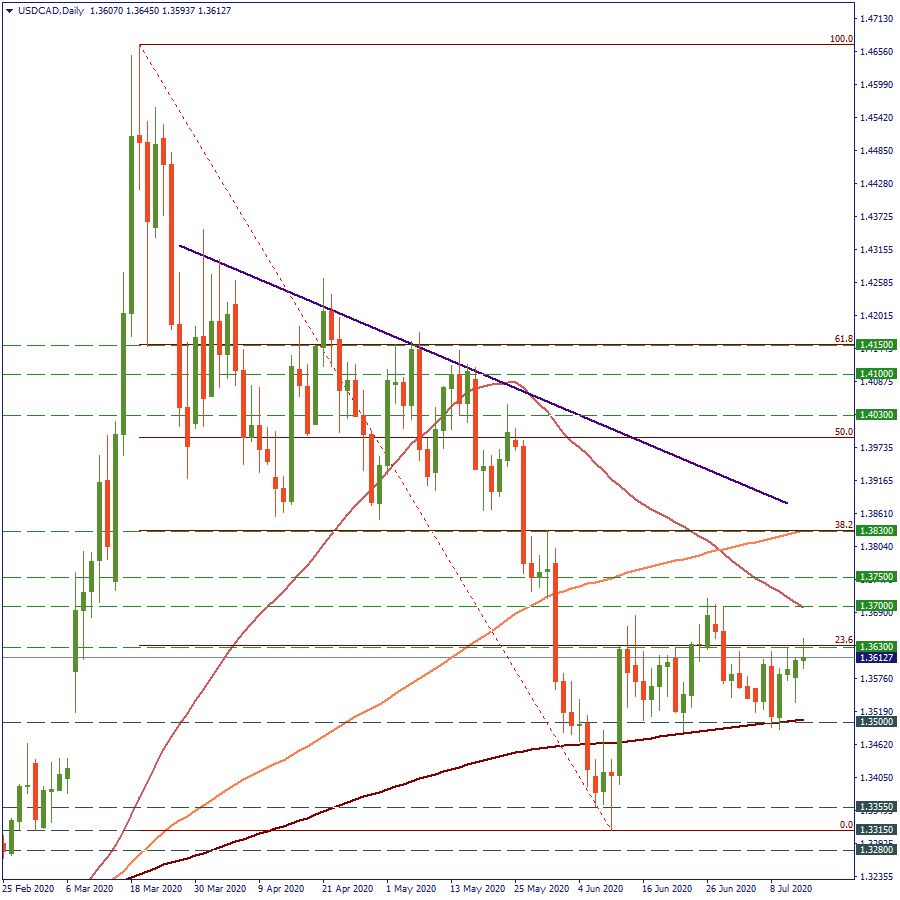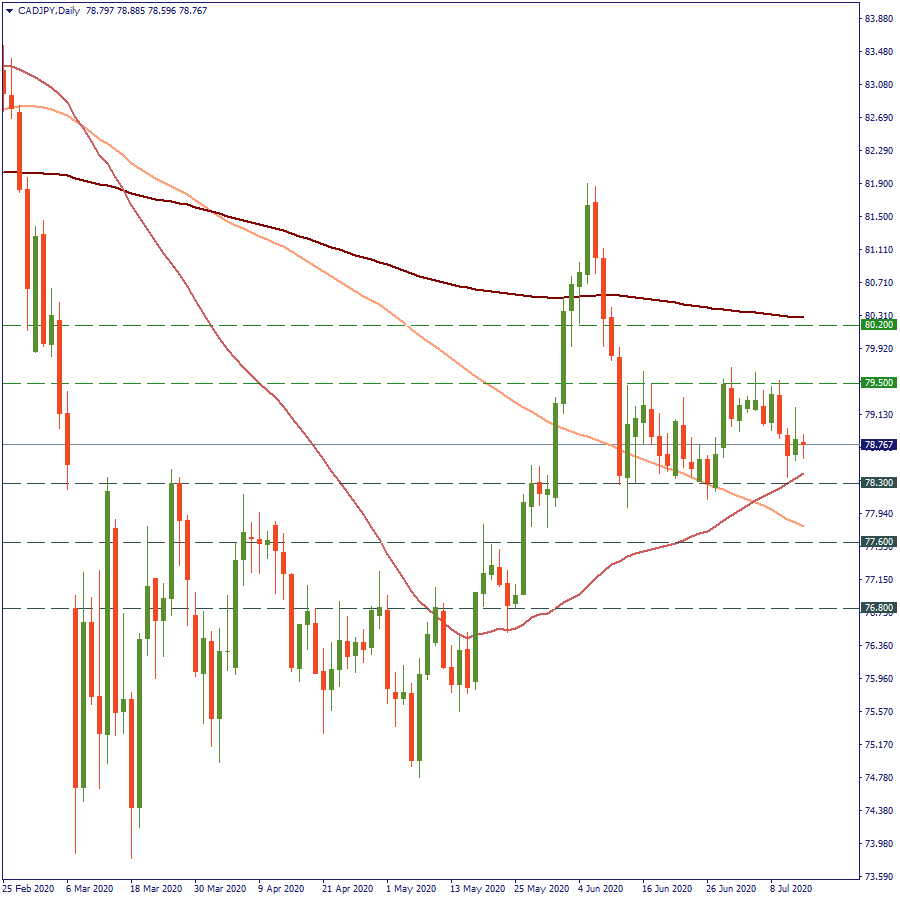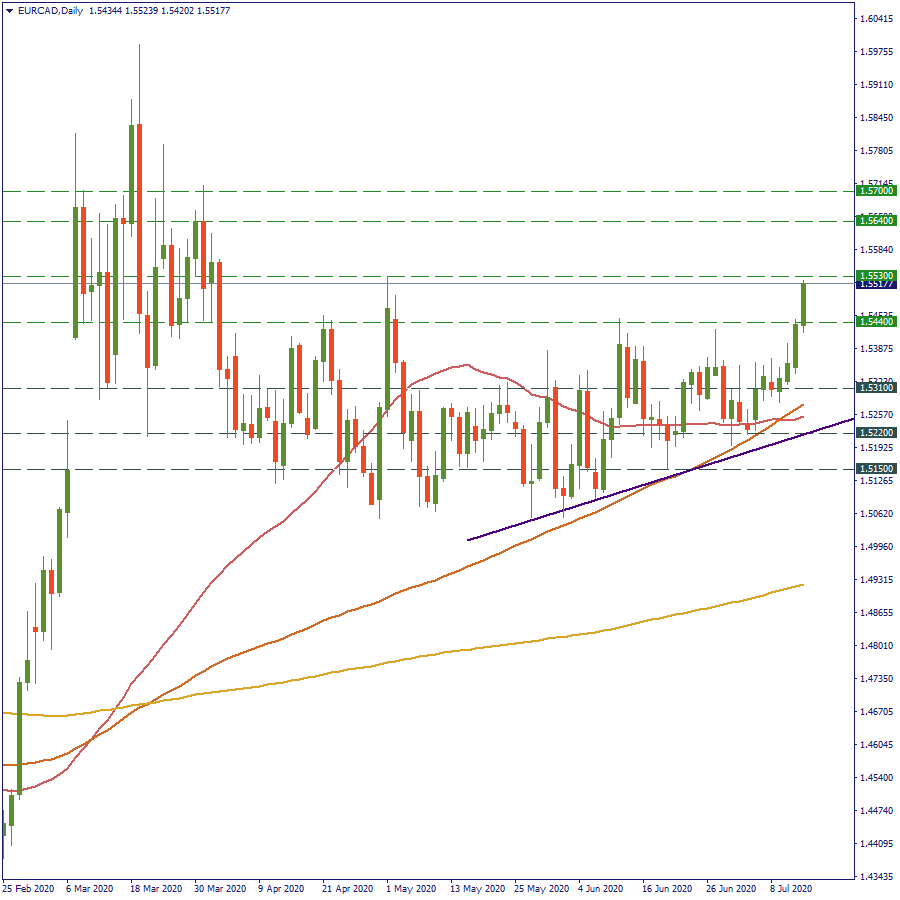
The G20 summit took place in Bali, Indonesia, on November 2022…

Don’t waste your time – keep track of how NFP affects the US dollar!
Data Collection Notice
We maintain a record of your data to run this website. By clicking the button, you agree to our Privacy Policy.

Beginner Forex Book
Your ultimate guide through the world of trading.
Check Your Inbox!
In our email, you will find the Forex 101 book. Just tap the button to get it!
Risk warning: ᏟᖴᎠs are complex instruments and come with a high risk of losing money rapidly due to leverage.
71.43% of retail investor accounts lose money when trading ᏟᖴᎠs with this provider.
You should consider whether you understand how ᏟᖴᎠs work and whether you can afford to take the high risk of losing your money.
Information is not investment advice
USD/CAD keeps bringing joy to range-bound traders while consolidating between the support at 1.35 and the resistance at 1.3630. What may put an end to this peaceful calmness? In fact, there are several main triggers. One of the most obvious is, of course, the rate statement by the Bank of Canada on July 15, at 17:00 MT time. Does it really have anything to offer to the CAD traders, though? Time to find out.
Analysts expect no changes from the Bank of Canada unless its new Governor Tiff Macklem surprises the markets. Despite improved economic conditions in June with better employment change (952.9K in June) and signs of slow recovery after significant stimulus measures, the risks still remain around the corner. Back in June, Mr. Macklem already highlighted his expectations of inflation pressure. So, it is unlikely for him to show optimism this time. Experts suggest that the regulator may keep its interest rate unchanged at 0.25% for about 2 years and buy more bonds to its balance sheet if needed. At the same time, they see no need for urgent actions during this meeting.
Besides the Bank of Canada, the loonie has more things to worry about. One of them is a non-stop surge of Covid-19 cases in the United States. This risk is worrying for the CAD due to close ties between the two countries and threats of a new prolonged lockdown in the country of maple trees.
Other macro risks are related to China. Of course, one of them is related to the Hong Kong situation, as the United States can, in fact, impose sanctions on China after the new security bill. Secondly, there is still a lot of uncertainties around the next steps of the US-China trade deal. When will they be fulfilled and how? That’s mostly a rhetorical question for now. One thing that we know for sure is that’s a very big issue driving the risk sentiment across the markets right now and the Canadian dollar as well.
Finally, let’s not forget that the CAD is a commodity currency, heavily dependent on the oil prices. While OPEC+ is considering whether or not to keep the output cuts at the same level, the oil prices remain under pressure. That is, if the alliance agrees to increase the production levels, the oil prices will fall dragging the Canadian dollar down as well.
On the daily chart of USD/CAD, we can clearly see the 200-day SMA acting as a support at 1.35. On the upside, the range is limited by 1.3630 (23.6 Fibo level). The BOC needs to express an utterly optimistic or pessimistic tone to break the current range. If the bank is positive, after the breakout of 1.35 we will probably see the retest of June’s low at 1.3355. And if the bank sticks to its cautious stance, the pair will likely continue trading within the range.

This pair is trading sideways, too. The first resistance is placed at 79.5. It’s unlikely for bulls to break this level after the BOC meeting. The risk-off mood may pull the pair below 78.3 and the crossover of 100- and 50- day SMA. The next support will be placed at 77.6.

This pair is an interesting choice. After breaking a range above the long-term resistance at 1.5440, the pair surged towards the next crucial level at 1.5530. The breakout of it will push the pair towards March’s highs at 1.5640. Keep in mind, that the euro is stronger than the Canadian dollar right now. For bears, the correction below 1.5440 to the support at 1.4310 is in focus.


The G20 summit took place in Bali, Indonesia, on November 2022…

The deafening news shocked the whole world yesterday: the British Queen Elizabeth II died peacefully at the age of 96…

After months of pressure from the White House, Saudi Arabia relented and agreed with other OPEC+ members to increase production.

eurusd-is-falling-what-to-expect-from-the-future-price-movement

Greetings, fellow forex traders! Exciting news for those with an eye on the Australian market - the upcoming interest rate decision could be good news for Aussies looking to refinance or take out new loans. The Mortgage and Finance Association Australia CEO, Anja Pannek, has...

Hold onto your hats, folks! The Japanese yen took a nosedive after the Bank of Japan (BOJ) left its ultra-loose policy settings unchanged, including its closely watched yield curve control (YCC) policy. But wait, there's more! The BOJ also removed its forward guidance, which had previously pledged to keep interest rates at current or lower levels. So, what's the scoop? Market expectations had been subdued going into the meeting, but some were still hoping for tweaks to the forward guidance to prepare for an eventual exit from the bank's massive stimulus
Your request is accepted.
We will call you at the time interval that you chose
Next callback request for this phone number will be available in 00:30:00
If you have an urgent issue please contact us via
Live chat
Internal error. Please try again later